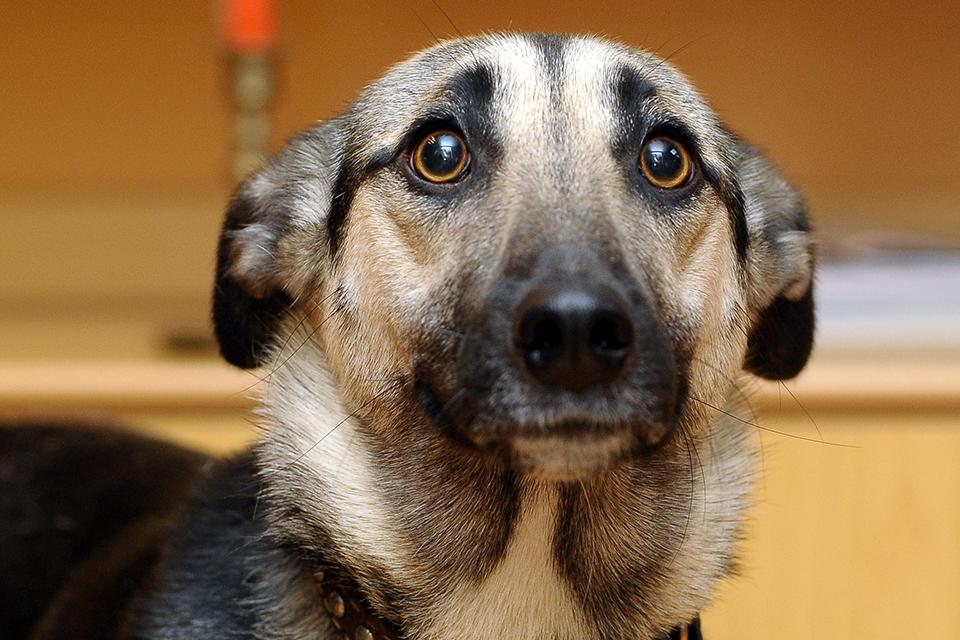Table of Contents
Dealing with a shy dog can be challenging, but with patience and the right approach, you can help your furry friend gain confidence and improve their social skills. This guide provides effective strategies for dealing with a shy dog, ensuring a happier and more confident pet. Here are seven strategies to help your shy dog thrive.

1. Create a Safe and Comfortable Environment
Ensuring your dog feels safe and comfortable in their environment is crucial:
- Secure Space: Provide a secure and quiet area where your dog can retreat and feel safe.
- Consistent Routine: Maintain a consistent daily routine for feeding, walks, and playtime to give your dog a sense of predictability.
- Comfort Items: Include comfort items like a favorite blanket, bed, or toy in their safe space.
A safe and comfortable environment helps reduce stress and anxiety in shy dogs.
2. Use Positive Reinforcement
Positive reinforcement encourages desired behaviors and builds confidence:
- Treats and Praise: Reward your dog with treats and praise for showing confidence and interacting positively.
- Gentle Encouragement: Use gentle encouragement to coax your dog out of their shell without forcing them.
- Consistency: Be consistent with rewards to reinforce positive behavior.
Positive reinforcement helps your dog associate new experiences with positive outcomes.
3. Gradual Exposure to New Experiences
Gradual exposure helps your dog become more comfortable with new situations and people:
- Start Small: Introduce your dog to new experiences slowly, starting with less intimidating situations.
- Controlled Environment: Use controlled environments where you can manage the level of exposure and minimize stress.
- Increase Gradually: Gradually increase the complexity and intensity of new experiences as your dog becomes more comfortable.
Gradual exposure helps your dog build confidence at their own pace.
4. Socialize with Other Dogs
Socialization with other dogs can help improve your dog’s confidence and social skills:
- Playdates: Arrange playdates with well-behaved, friendly dogs to provide positive social interactions.
- Dog Parks: Visit dog parks during less crowded times to allow your dog to observe and gradually interact with other dogs.
- Training Classes: Enroll in training classes to provide structured socialization opportunities.
Positive interactions with other dogs can help reduce shyness and build confidence.
5. Practice Gentle Handling and Training
Gentle handling and training can help your dog feel more secure and responsive:
- Soft Voice: Use a soft, calm voice when interacting with your dog to avoid startling them.
- Gentle Touch: Handle your dog gently and avoid sudden movements that might scare them.
- Basic Commands: Teach basic commands using positive reinforcement to build trust and improve communication.
Gentle handling and training help your dog feel safe and understood.
6. Avoid Negative Reinforcement
Negative reinforcement can increase fear and anxiety in shy dogs:
- Stay Calm: Remain calm and patient, even if your dog displays fearful behavior.
- Avoid Punishment: Avoid punishing your dog for being shy or fearful, as this can exacerbate their anxiety.
- Focus on Positivity: Focus on positive reinforcement and gentle encouragement to foster confidence.
Avoiding negative reinforcement helps build a trusting and supportive relationship.
7. Seek Professional Help if Needed
If your dog’s shyness persists or is severe, consider seeking professional help:
- Veterinarian: Consult a veterinarian to rule out any medical issues that might be contributing to your dog’s shyness.
- Animal Behaviorist: Work with an animal behaviorist to develop a tailored plan to address your dog’s specific needs.
- Training Classes: Enroll in specialized training classes designed for shy or fearful dogs.
Professional help can provide additional support and expertise in managing your dog’s shyness.
Conclusion on Dealing with a Shy Dog
Dealing with a shy dog requires patience, understanding, and the right approach. By following these strategies for dealing with a shy dog, you can help your dog gain confidence and improve their social skills. Create a safe and comfortable environment, use positive reinforcement, gradually expose your dog to new experiences, socialize with other dogs, practice gentle handling and training, avoid negative reinforcement, and seek professional help if needed. For more information on managing dog behavior, visit the ASPCA and Humane Society.
FAQs on Dealing with a Shy Dog
Why is my dog so shy?
Shyness in dogs can result from a lack of socialization, past negative experiences, genetics, or a naturally timid temperament. Understanding the cause can help in addressing the behavior.
How can I help my shy dog gain confidence?
Help your shy dog gain confidence by using positive reinforcement, gradually exposing them to new experiences, socializing with other dogs, and providing a safe and comfortable environment.
What should I avoid when dealing with a shy dog?
Avoid using negative reinforcement, punishment, or forcing your dog into uncomfortable situations. These actions can increase fear and anxiety.
Can all shy dogs improve with training?
Most shy dogs can improve with patience, consistent training, and positive reinforcement. Severe cases may require professional help from a veterinarian or animal behaviorist.
How long does it take for a shy dog to gain confidence?
The time it takes for a shy dog to gain confidence varies depending on the individual dog, their history, and the consistency of training and positive experiences. Patience and persistence are key.
When should I seek professional help for my shy dog?
Seek professional help if your dog’s shyness persists despite your efforts or if the behavior is severe. A veterinarian or animal behaviorist can provide specialized support and guidance.











